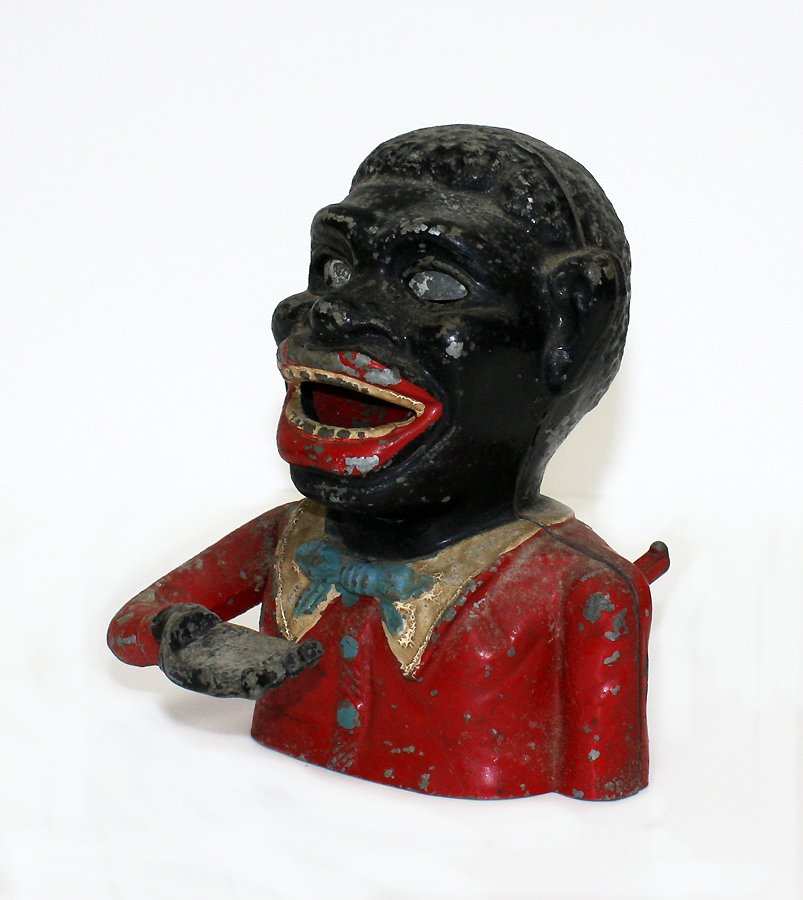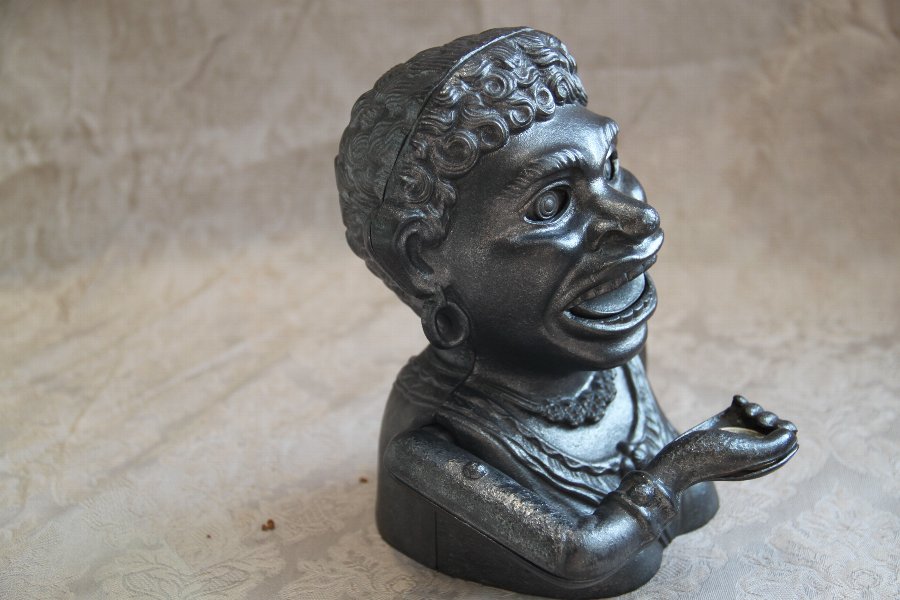

Tipperary was often referred to as 'Bloody Tipperary' given the frequency of murder When the bodies were discovered, there was ‘gashes upon the faces of the unfortunate victims, their brains protruding, and the floor of the house was literally covered with blood’. In February 1847, David Fitzgerald and his wife were bludgeoned to death with a hatchet at Askeaton, Co Limerick. The violence often shook local communities despite the appalling level of death which prevailed. In September 1847 Patrick Costello, a ‘driver for rent’ in Mount Bellew, Galway was murdered and his head ‘literally smashed.to atoms’ for bringing proceedings against people for trespass. Other murders were perpetrated with extreme violence, often as retribution to right a perceived wrongdoing. In Tipperary, ‘the shoes and coat’ of the victim ‘were taken away and the pockets of this trousers and waistcoat were turned inside out’. The murder was described as ‘the most savage and bloodthirsty murder that ever disgraced a country’. Murdered by his travelling companion, a sod of turf was placed over Cooke’s mouth to prevent him from breathing. The appalling murder of a ‘poor Connaught man’ named John Cooke at Horseleap, Co Westmeath in 1848 as he made his way to England to work on the harvest was among the more hideous crimes.

The willingness to get ahead or to take from others was evident in some Famine murders. Ryall then placed the body in a chair in an upright position before locking the door behind him in an effort to conceal his deeds. Using a garden spade, he struck the woman several times over the head, killing her instantly.

During the course of a robbery, Ryall had decided that, as Murphy had seen him, there was only one option for him. Described as a ‘demon in human shape’, Richard Ryall was arrested for the murder of Johanna Murphy, aged 70. Likewise, an incident in Doneraile in Cork in 1848 typified what people were willing to do.

Fearing that she could identify them, the little girl’s skull was ‘smashed in’ with a bottle.įrom RTÉ Radio 1's Arena, artist Robert Ballagh and curator Niamh O'Sullivan on 'Coming Home: Art and The Great Hunger', an exhibition of art of the Irish Famine In Sligo in November 1849, a young girl was murdered during the course of a robbery. The culprits of these crimes, and others, left little to chance in case they would be identified by their victim. They shot Hennessey but, not content with that, cut and stabbed him ‘in the most dreadful manner’. In Tipperary, often referred to as ‘Bloody Tipperary’ given the frequency of murder, a farmer named James Hennessey from Dundrum caught people stealing turnips, but was overpowered by them. It was not always those who were guilty of stealing who suffered. In Kilrush, Co Clare, a ‘poor man’ named James Hanly who was attempting to dig and steal turnips in a garden was apprehended by two men who ‘called the dog to him, and the ferocious brute seized on the unfortunate man, and, it is affirmed, tore out his bowels’. When his body was discovered it ‘presented a frightful spectacle.lying in a ditch, the throat becoming literally cut across by rats’. In January 1848, a man named Kelly was murdered at Ballyforan in Roscommon for two stone of meal. Hunger was a constant theme in the murders which were committed during the Famine. Manage Preferencesįrom RTÉ Radio 1's History Show, Professor Peter Gray discusses various aspects of the Great Famine Please review their details and accept them to load the content. We need your consent to load this rte-player content We use rte-player to manage extra content that can set cookies on your device and collect data about your activity. Ireland was amongst the most dangerous places on earth in the late 1840s. Mulcahy’s violent death was just one of hundreds which occurred in Ireland during the Famine as social morals and bonds were erased. Not content with ‘fracturing his head’, the assailants also cut his throat ‘from ear to ear’. In an instant, Mulcahy’s life was taken, beaten to a pulp by a group of men who were surely known to him. Unhappy with the terms laid down by the ‘gombeen man’, people often resorted to violence in order to effect change. In the early 1840s, as conditions worsened and the potato crop failed, people had little choice but to use their services. His was a detestable, but necessary practice in Famine Ireland, which earned him and his colleagues the sobriquet 'gombeen man'. A money lender named Thomas Mulcahy made his way along a country road at Tubrid, seven miles from Birr in Offaly. In January 1847, snow lay on the ground and Ireland entered its third year of Famine. Analysis: Hundreds of violent murders were committed in Ireland during the Great Famine


 0 kommentar(er)
0 kommentar(er)
